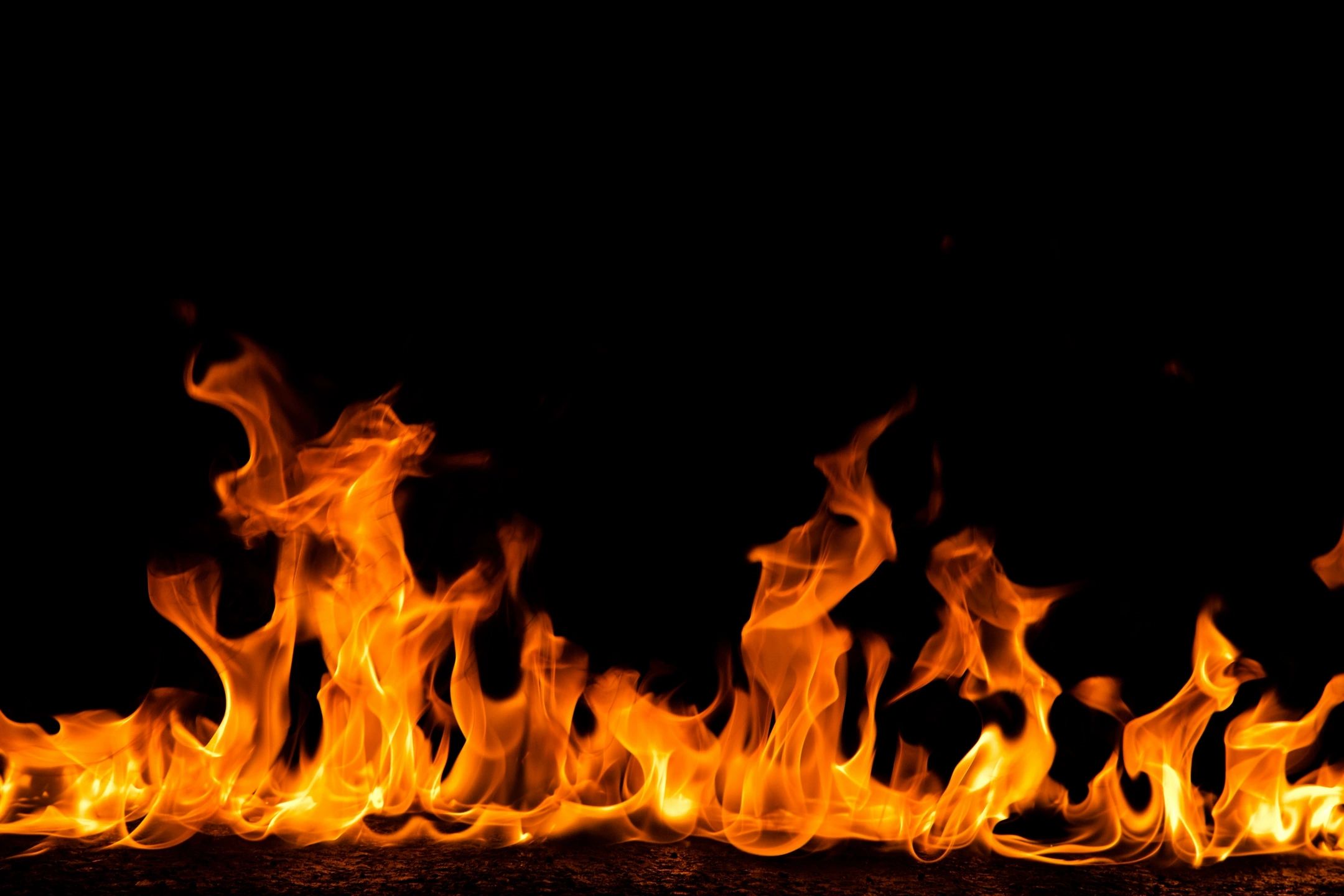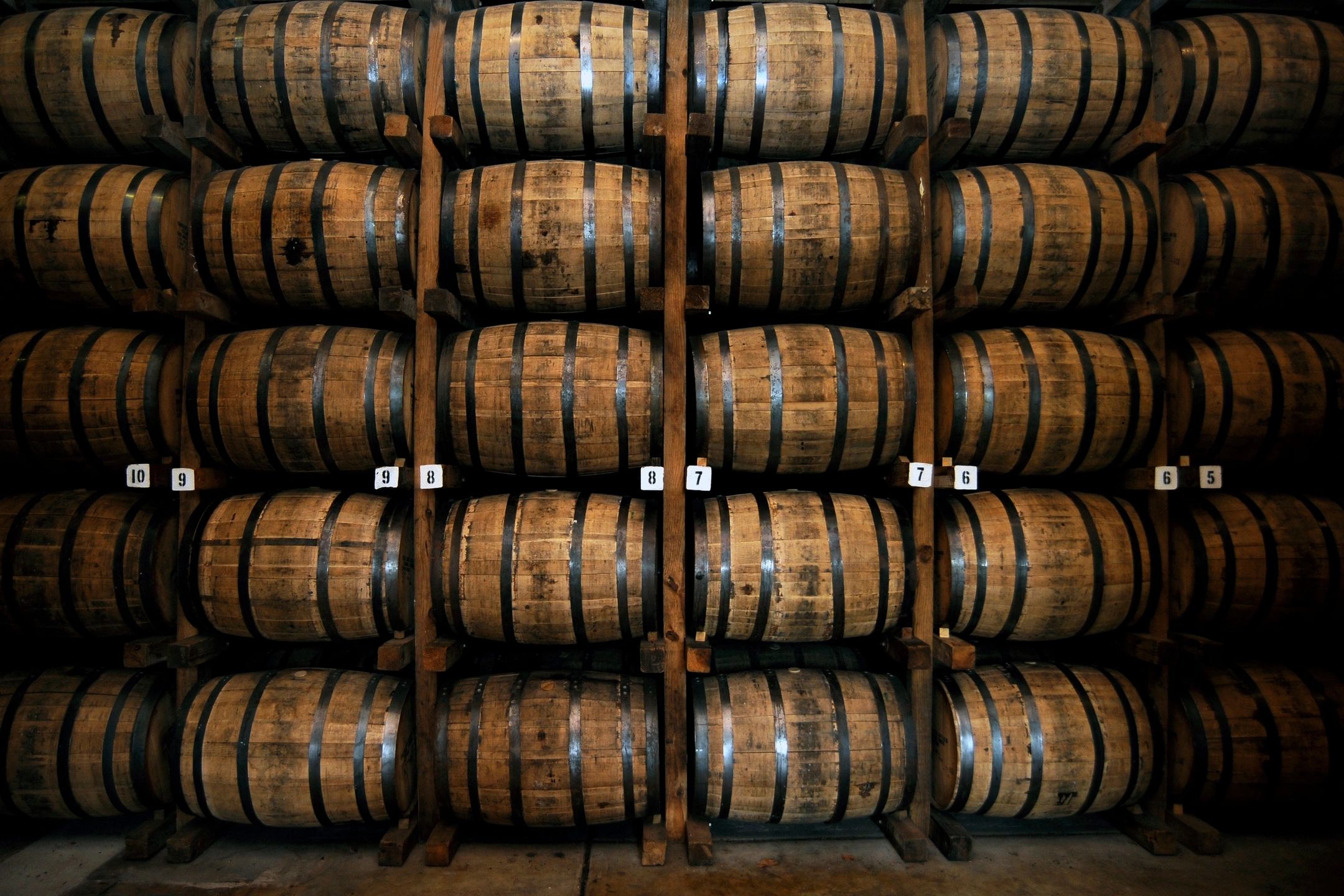Recent wildfire near Fort McMurray prompts evacuations as thick smoke billows into the sky, reminiscent of the devastating 2016 blaze dubbed ‘The Beast.’ However, the regional fire chief reassures the public, emphasizing the stark differences between the two events.
While ‘The Beast’ ravaged through dense spruce forests, decimating much of the oilsands community and requiring extensive recovery efforts over years, the current fire presents distinct characteristics. Burning predominantly along the ground surface amidst the remnants of the previous blaze, it encounters significantly less fuel. Chief Butz notes that muskeg, not dense vegetation, contributes to the smoke.
Despite its scale—now spanning 210 square kilometers—the fire’s behavior contrasts sharply with the catastrophic inferno of 2016. Efforts to contain it continue, with crews tirelessly working overnight to douse flames with water, as reported by the Regional Municipality of Wood Buffalo on social media.
The fire blazed approximately 4.5 kilometers away from the junction of Highway 63 and Highway 881, and roughly 5.5 kilometers from the outskirts of Fort McMurray, near its landfill.
Efforts are underway by municipal crews to construct a containment line in proximity to the landfill. Despite limited rainfall on Tuesday night, authorities anticipate its negligible effect on the fire’s progression.
Western Canada witnesses an early onset of wildfire season, triggering evacuations as multiple blazes rage across the region. In British Columbia, the evacuation perimeter surrounding the northeastern community of Fort Nelson continues to expand due to the proximity of one fire and the advancement of another in the northwest.”
Mayor Rob Fraser emphasized the imperative for residents to refrain from returning to their homes, particularly as the RCMP relocated a safety checkpoint outside the community. He stressed the necessity for emergency crews to concentrate on firefighting efforts rather than diverting attention to individuals venturing into hazardous zones.
Kevin Delgarno, director of the Structure Protection Branch, noted that crews concluded their operations around midnight on Tuesday, a departure from the extended shifts in preceding days. He highlighted the subdued behavior of the fire, which exhibited reduced aggression, indicating a more favorable outlook.
Meanwhile, in Manitoba, approximately 500 individuals have been displaced from their homes in the remote northwestern community of Cranberry Portage.


